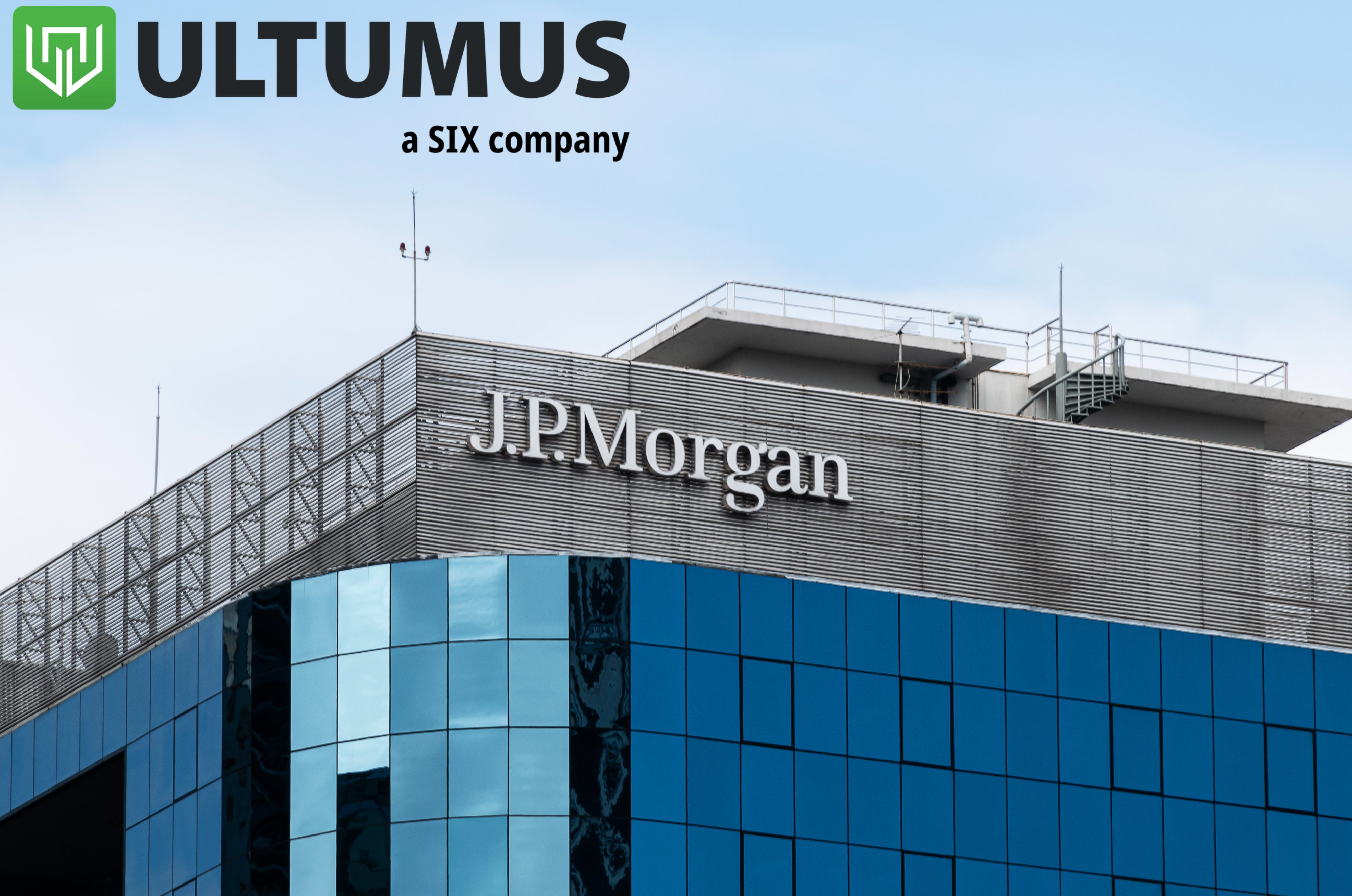JP Morgan Covered Call
The war between Russia and Ukraine has increasingly used drones and electronic warfare, and there are predictions that machines should replace humans within a few years. War is also reaching space, with Russia threatening to attack US satellites – and also claiming that Ukraine’s use of western satellites would make other countries parties to the war.
ULTUMUS daily tracking of ETF launches has identified Invesco Defense Innovation UCITS ETF (IDFN) is a passive ETF, tracking the S&P Kensho Global Future Defense Index.
This selects companies developing sophisticated weapons, defensive systems and other solutions for border security, including smart borders and critical infrastructure security; military applications of cybersecurity, space systems, robotics, remote-controlled or unmanned aerial and maritime drones, wearable technologies and virtual or augmented reality.
The largest holding is RocketLab, which launches small satellites with its Electron orbital. The second biggest, Kratos Defense and Security Solutions, is also involve with satellite communications, as well as unmanned, hypersonic and combat systems.
Third largest Leidos Holdings is somewhat more diversified, being active in aviation, IT and biomedical research, as well as defense. Similarly, the fourth largest, Oceaneering, provides engineering services to oil and gas, entertainment, logistics, aerospace, science and renewable energy industries in addition to defense. Moog, the fifth biggest holding, provides precision control components for aerospace and defense. AeroVironment is more of a pure play on defense, being a drone maker.
These have market caps of between about 3 and 25 billion USD, making them small or mid caps by US standards. Some 78% of holdings are US listed, with the rest split between France, UK, Israel, Switzerland, Italy, Norway, South Korea and Germany.
Interestingly, the top ten holdings have no overlap at all with the top ten in HanETF’s Future of Defence ETF, which tracks a different index: EQM Future of Defence Index. Its top ten include larger firms with market caps between about USD 25 and 150 billion: Palantir, Safran, BAE Systems, Fortinet, and Rheinmetal. This illustrates how a concept such as “future defence” can be defined and applied very differently by various index providers.
The expense ratio of 0.35% is lower than on some sector specialist thematic products: the HanETF product costs 0.49%, which is also the average for a defence ETF. Even the more plain vanilla iShares Aerospace and Defence ETF (ITA) costs 0.40%.
Invesco is probably most famous for its QQQ Nasdaq 100 tracker but has a growing range of sector specialist and thematic ETFs. It also launched cybersecurity (CBRX) and artificial intelligence (IAIX) products on the same day as IDFN.


